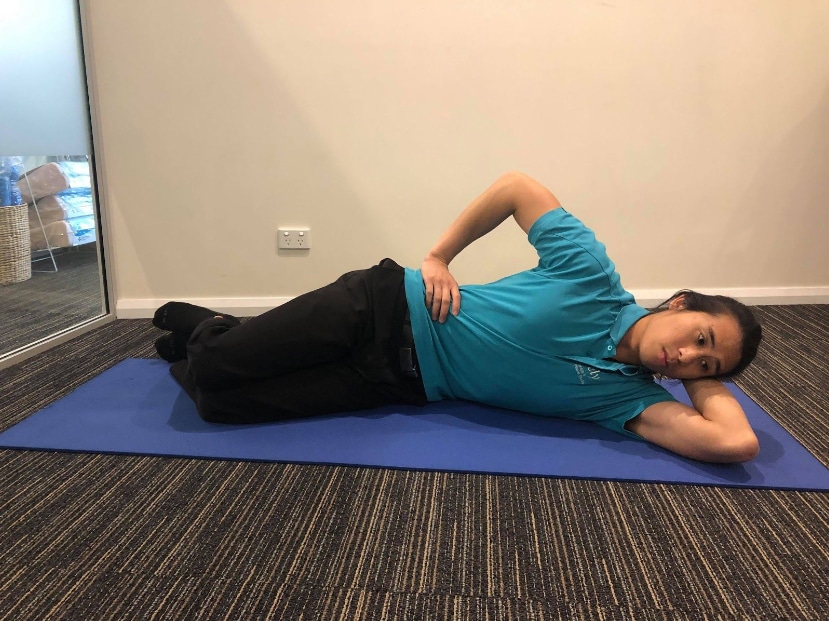What is it?
What are the symptoms?
Often you have quite focal pain on the bony part of your outside hip, sometimes it can progress to a more general ache down the side of your leg. It can be sore when you press it, when you’re lying on the affected side or standing on one leg. Other aggravating activities can include walking, going up and down stairs, running, deep squats and getting out of the car.
How do you get it?
You can get trochanteric bursitis from having a direct injury to your hip. More often than not though, it usually results from prolonged muscle imbalances around your lower back, pelvis and hips and can sometimes be attributed to weak and tight bottom muscles.
What should I do?
If it sounds like you have some of these symptoms, firstly you should try and avoid any aggravating factors such as lying on your sore side – sleeping with a pillow between your legs can help. Secondly, an assessment with your physio can help determine what is causing your condition in the first place and they will prescribe you the appropriate exercises and stretches. In the meantime, you can try and take anti-inflammatory medications, always check with your GP if it is safe to do so and use ice for pain relief.
If you have tried physio for 6-8 weeks without any improvement, they may suggest to go back to your GP to get stronger anti-inflammatory medications or a corticosteroid injection but it is recommended that you try conservative management first. Surgery is rarely indicated for this condition.
Exercises you can do
Each condition presents in a different way, so the best way to determine what exercises are most appropriate for you is to get assessed by your physiotherapist. However, these are some exercises that may give you some relief. Do not perform these exercises if they cause discomfort or pain.
- Clams
- Gluteal Streches
- Bridging










